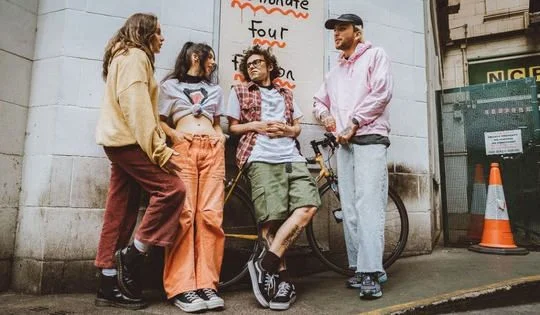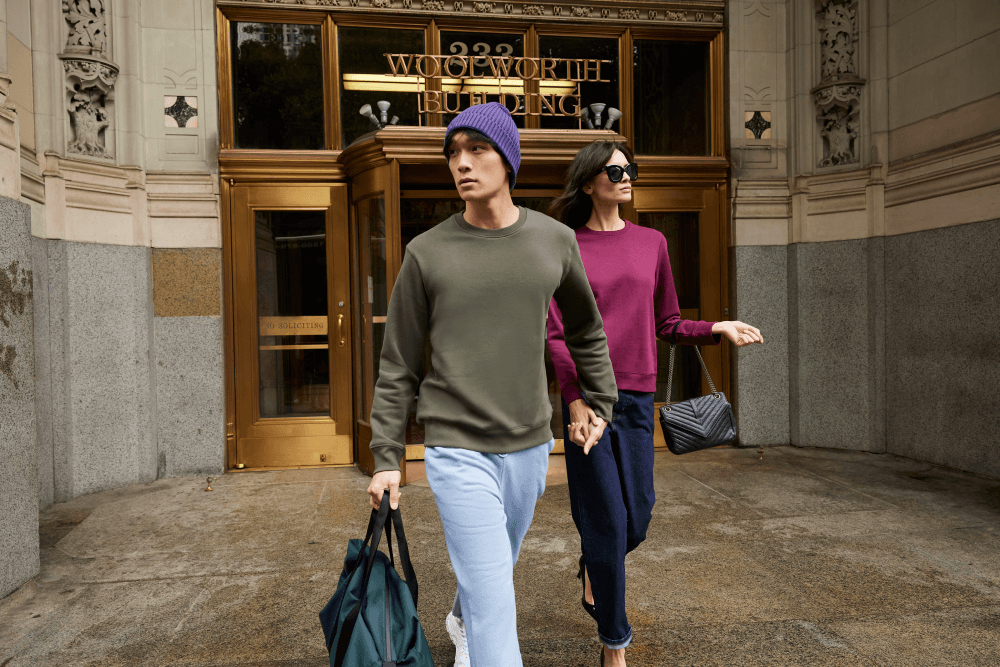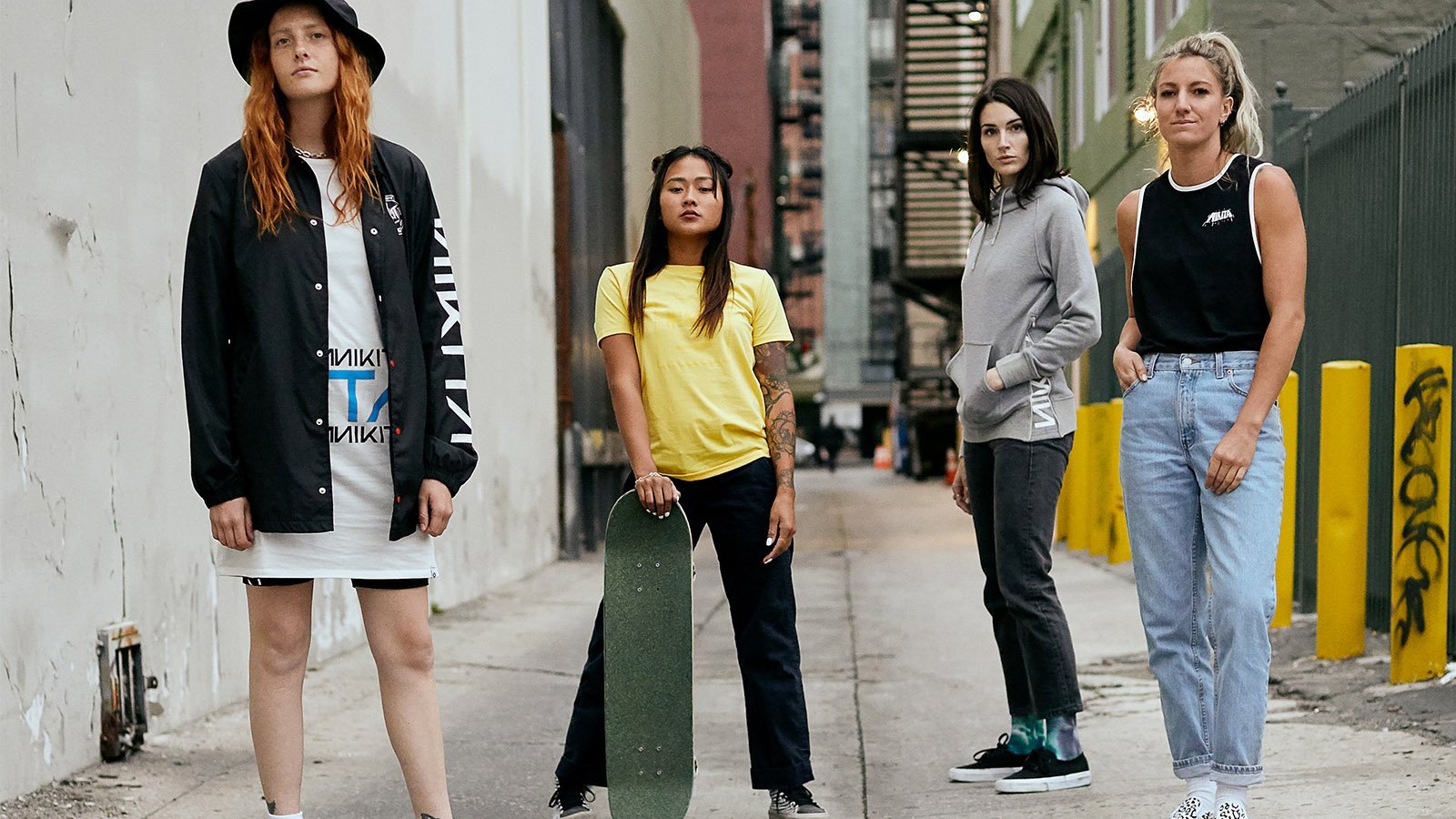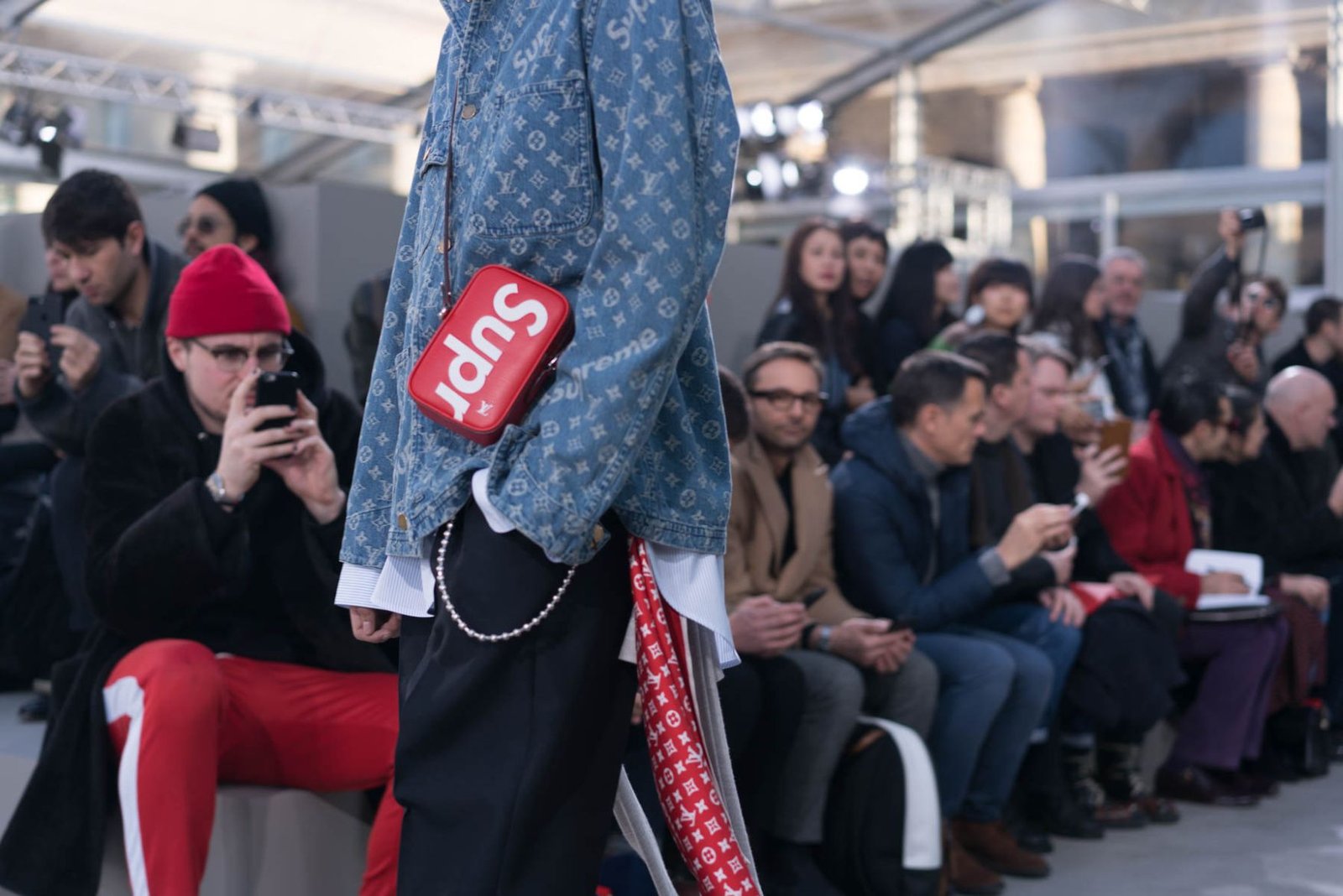Picture this: You’re walking through a bustling city street, and you spot someone rocking oversized hoodies splashed with bold graffiti, sneakers that look like they’ve stepped out of a gallery, and tees screaming social commentary. Is that just clothes, or is it wearable rebellion? I’ve always been drawn to streetwear—back in my early days hustling through urban scenes, I’d thrift hunt for pieces that told stories, like a faded Stüssy shirt from the ’90s that felt like a time capsule. Streetwear isn’t just fashion; it’s a cultural pulse, and yeah, many argue it’s straight-up art. Let’s dive into why this casual vibe deserves a spot in the art world conversation.
What Is Streetwear Fashion?
Streetwear emerged as a rebellious offshoot of urban subcultures, blending hip-hop beats from New York with California’s surf and skate vibes in the late ’70s and ’80s. It’s all about comfort meets attitude—think baggy pants, graphic tees, and hype sneakers that prioritize self-expression over runway polish. What sets it apart is its roots in everyday life, turning sidewalks into canvases for personal style.
Unlike stiff high fashion, streetwear thrives on accessibility and community drops, where limited releases create that electric buzz. I’ve snagged a pair of vintage Vans at a pop-up once, feeling like I owned a piece of history—it wasn’t just shoes; it was a nod to skaters grinding rails worldwide.
The Origins of Streetwear and Its Artistic Roots
Streetwear kicked off in coastal California, where surfers needed durable gear that screamed individuality, evolving into a global phenomenon by the ’90s with hip-hop’s influence. Brands like Stüssy and Supreme started as surf shops or skate labels, but their logos and prints quickly became symbols of counterculture. This fusion of functionality and flair laid the groundwork for seeing clothing as more than utility—it’s a visual narrative.
I remember my first Supreme box logo tee; it wasn’t about the fabric but the hype, the story of kids in NYC flipping skate culture into a movement. That energy mirrors how early street artists tagged walls to claim space, proving streetwear’s DNA is artistic defiance from the jump.
Influences from Hip-Hop and Skate Culture
Hip-hop pioneers in the Bronx layered tracksuits with gold chains, turning outfits into statements of resilience, while skaters customized boards and clothes for the grind. These scenes birthed streetwear’s DIY ethos, where personal tweaks—like hand-painted sneakers—echoed graffiti’s raw creativity. It’s no wonder streetwear feels artistic; it’s born from communities remixing culture on the fly.
Surf and Punk Crossovers
California’s surf crews wore boardshorts with punk patches, blending laid-back waves with edgy rebellion, which trickled into early brands like Vans. This mash-up created versatile pieces that adapt to life, much like abstract art evolves with the viewer. Chuck a pair on, and you’re not just dressed—you’re channeling a subculture’s spirit.
Streetwear as a Form of Artistic Expression
At its core, streetwear channels emotions and ideas through fabric, much like a painter uses canvas—bold graphics tackle race, identity, and consumerism head-on. Designers treat clothes as readymades, echoing Marcel Duchamp’s found-object art, where everyday items gain deeper meaning. Virgil Abloh nailed it: streetwear makes the non-luxurious aspirational, democratizing art for the masses.
I’ve felt that pull wearing a Kaws-inspired hoodie; the Companion figure on my chest sparked conversations, turning me into a walking exhibit. It’s emotional—streetwear hits you with nostalgia or provocation, proving it’s not passive like a gallery stare-down.
Key Designers Who Treat Streetwear Like Art
Virgil Abloh blurred lines at Off-White and Louis Vuitton, remixing logos with ironic quotes that critique fashion’s excess. Kaws elevates toys and prints into luxury drops, while Jean-Michel Basquiat’s crowns inspire tees that nod to social justice. These visionaries prove streetwear’s artistry lies in collaboration and cultural remix.
Graphic Tees and Sneakers as Canvases
Tees become billboards for satire or abstracts, with brands like Human Made printing playful motifs that riff on vintage ads. Sneakers, hyped by Nike collabs, feature artist-detailed soles—think Air Jordan’s elephant print as subtle sculpture. These elements make streetwear interactive art you live in daily.
Streetwear vs. Traditional Art: A Comparison
Traditional art sits in museums, static and elite, demanding interpretation from afar, while streetwear is kinetic—worn, shared, and evolved by the streets. One’s a solitary gaze; the other’s a communal vibe, accessible to anyone with a paycheck. Yet both provoke thought: Picasso’s cubism deconstructs form, just as baggy silhouettes challenge norms.
Humor me here—imagine hanging a Monet in your closet; it’d wrinkle! Streetwear’s genius is its wearability, turning admirers into participants, but critics say it lacks the depth of oil on canvas.
| Aspect | Streetwear Fashion | Traditional Art |
|---|---|---|
| Medium | Fabric, prints, accessories | Canvas, sculpture, installations |
| Accessibility | Affordable drops, street availability | Galleries, auctions, high prices |
| Interaction | Worn daily, personalized | Viewed, contemplated |
| Cultural Impact | Subculture-driven, viral hype | Historical canon, elite discourse |
| Longevity | Trends evolve quickly | Timeless preservation |
This table highlights how streetwear democratizes expression, but traditional art’s permanence gives it an edge in legacy.
Pros and Cons of Considering Streetwear Art
- Pros: Boosts inclusivity—anyone can “collect” via thrift or drops; fosters innovation through collabs; reflects real-time culture like protests or memes.
- Cons: Fast fashion ties lead to waste; hype chases profit over purity; some see it as commercialized, diluting “true” art’s intent.
On the flip side, that commercial edge makes it relatable—I’ve laughed at resale prices for sneakers that started as $100 art statements. Emotionally, it connects us to youth and rebellion, outweighing the flaws for many.
Iconic Streetwear Pieces That Feel Like Art
- Supreme’s box logo: Simple red-white design that’s become a cultural icon, worn by celebs and critiqued as minimalist genius.
- Off-White’s zip-tie tags: Abloh’s playful “SHOELACES” stamps mock luxury, sparking debates on authenticity.
- Palace’s Tri-Ferg logo: Skate roots with a phallic twist, blending humor and heritage in apparel.
These aren’t just clothes; they’re conversation starters. I once traded a custom-painted jacket at a street fest—felt like swapping sketches with a fellow artist.
Where to Get Streetwear That Doubles as Art
Hunt resale spots like Grailed or StockX for vintage gems, or hit brand sites for limited drops—Supreme’s weekly releases are like gallery openings. For art-infused pieces, check collabs on Farfetch or SSENSE, where Kaws x Dior hoodies blend worlds. Pop-up shops in NYC or LA offer that immersive hunt, turning shopping into an adventure.
Pro tip: Etsy sellers craft custom graffiti tees, perfect for personal flair without breaking the bank.
Best Streetwear Brands for 2025
In 2025, Aimé Leon Dore leads with elevated basics nodding to Harlem heritage, while Palace keeps skate energy alive with bold graphics. Fear of God offers luxurious drapes, and emerging Spanish labels like Nude Project mix minimalism with edge. For art vibes, Human Made’s playful prints stand out—grab their latest via official sites for that collector feel.
These brands aren’t just selling clothes; they’re curating wardrobes as personal galleries. Start with Kith for versatile drops that transition from street to studio.
People Also Ask
Google users often wonder about streetwear’s depths—here’s the scoop on common queries.
- What is streetwear fashion? It’s casual urban style from subcultures like skate and hip-hop, featuring logos, graphics, and comfy fits that emphasize individuality over formality.
- How has street art influenced fashion? Graffiti tags and murals inspire prints and patterns, with artists like Basquiat’s works reimagined on tees, fusing visual rebellion with wearable culture.
- Is fashion considered art? Absolutely when it expresses ideas creatively—streetwear exemplifies this by turning bodies into billboards for social commentary and personal stories.
- Why is streetwear popular? Its hype drops, celeb endorsements, and cultural relevance make it a status symbol that’s fun and expressive for all ages.
These questions show the curiosity around streetwear’s artistic side, pulling folks deeper into its world.
FAQ
Is streetwear only for young people?
Nah, it’s ageless—older folks rock it for comfort and nostalgia, while collabs keep it fresh. I’ve seen execs in boardrooms pairing hoodies with suits; it’s about vibe, not years.
How do I start a streetwear collection on a budget?
Thrift apps like Depop for vintage steals, or wait for brand sales. Focus on versatile pieces like graphic tees—build around what tells your story without overspending.
What’s the difference between streetwear and athleisure?
Streetwear’s got that edgy, cultural punch with bold designs; athleisure prioritizes gym-ready comfort sans the hype or graphics. One’s art, the other’s function.
Can streetwear be sustainable?
Yes, brands like Patagonia blend street style with eco-fabrics. Look for resale or upcycled lines to keep it green—I’ve swapped pieces in communities to cut waste.
Why do streetwear prices skyrocket?
Limited drops create scarcity, turning items into investments like art auctions. Hypebeast culture fuels resales, but it democratizes luxury for savvy hunters.
Streetwear’s journey from sidewalks to spotlights proves it’s more than threads—it’s a living, breathing art form that invites everyone to create. Next time you lace up those kicks, think: you’re wearing a masterpiece.



